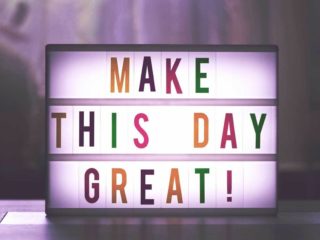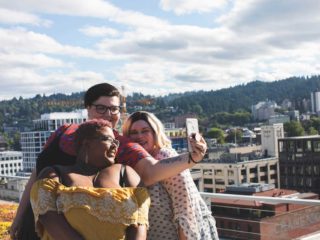There’s so much terminology in language that we use without thinking, but that excludes people. From calling everyone ‘guys’ to selling a house with a ‘master’ bedroom, we at best use language that limits our audience, and at worst reinforce harmful systems. We all need to make the efforts to have an inclusive language in our marketing.
If you’re a brand trying to reach a wider audience, inclusive language is a great – and central – strategy.
It’s not easy to do: it can be hard to deconstruct language which supports binary genders; and marketing has historically used lazy gender stereotypes. Change doesn’t happen overnight, but it must come – consumers are calling for it, and brands are responding.
There are some really interesting brands emerging that are designed to be gender-neutral from the outset, challenging the status quo and giving larger brands a push to be more gender inclusive. This is more than a marketing drive; this is about real action. It takes commitment, over the long-term.
Brands which have traditionally marketed on binary gender lines may take a while to change their language.
Even small steps towards more inclusive language can make a real difference over time.
The fashion industry is leading on this issue, moving away from gendered stereotypes in marketing, removing gender labels and working with a wider range models or influencers, including trans and non-binary people. Even traditional brands such as M&S are moving to be more inclusive, introducing the option for staff members to include their chosen pronouns on name badges.
Some notable brands are on a journey towards gender inclusion. Converse is widely celebrated for its support of the LGBTQIA community and works with non-binary and trans influencers (but still categorises shoes in terms of binary genders).
View this post on Instagram
Even Tampax is embracing inclusivity, posting to social media in gender neutral terms, talking about ‘people’ rather than exclusively ‘women’ (in the history of the brand, it includes a section on “women and people who bleed.”)
Many brands – including ASOS and L’Oreal – are taking real business action to promote gender inclusion, such as updating health policies to include things that have traditionally been forgotten by business: menopause, pregnancy loss and gender confirmation surgery, for example. These brands have the right to talk about inclusion in their marketing; they’re putting the work in first.
Some of my favourite examples of brands doing interesting work in gender inclusivity, though, are those which have been designed to be inclusive from the start. For inspiration, take a look at Kirrin Finch, a fashion brand that focuses on personal style rather than personal gender (it describes itself as ‘androgynous and tomboy style’), creating clothes for everyone and launched by women who couldn’t find themselves represented in fashion.
View this post on Instagram
Or take a leaf out of the book of Origami Customs, which creates swimwear and underwear for all genders, using language like ‘gender affirming products’ rather than using binary language, and which was founded by a trans, non-binary, queer person and has a diverse team representing a range of genders.
View this post on Instagram
And perhaps that is the key to taking steps towards more inclusive marketing – having gender diversity in your team in the first place, to reflect the diversity of people who want to engage with your brand.
Put inclusivity at the heart of your social media strategy.





